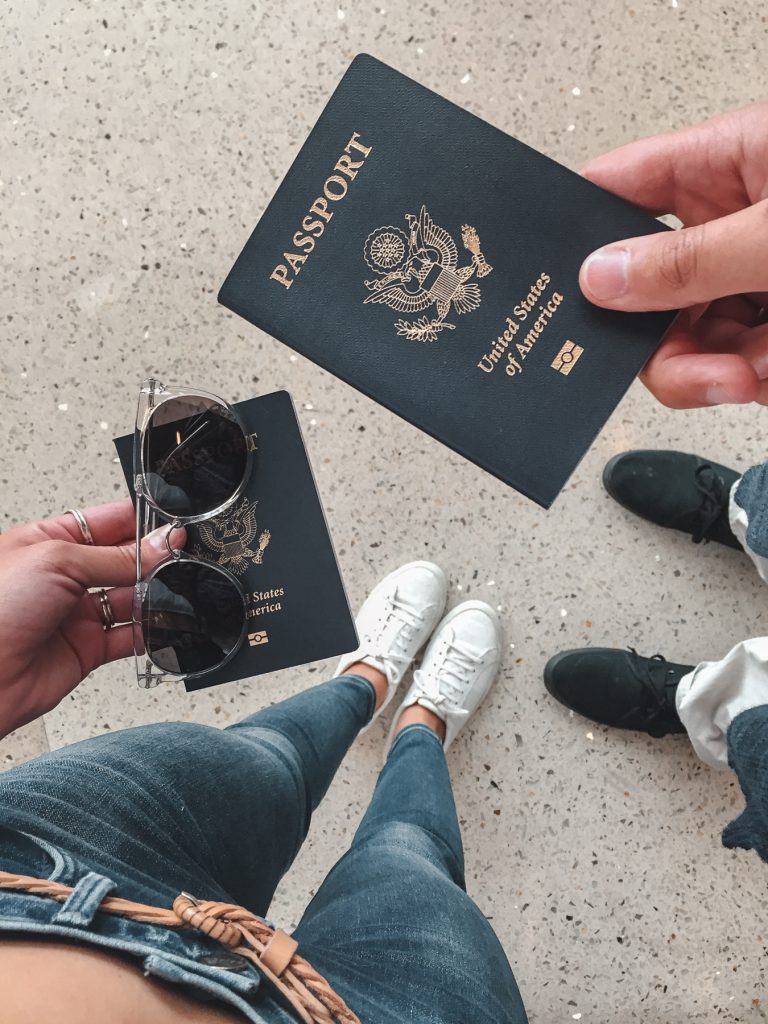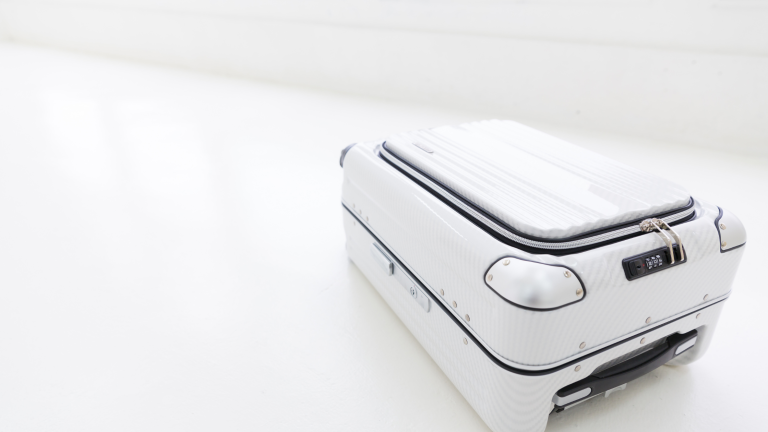How To Measure A Suitcase
Packing for a trip can be a challenge, especially if you tend to take a lot more than you actually need.
A lot of affordable airlines charge expensive fees when it comes to extra baggage, and even if your suitcase is only a few centimeters larger than it’s supposed to be, you could be in trouble.
To avoid overpaying and over-packing, you need to know how to measure a suitcase accurately.
Every airline tends to have slightly different regulations, but with a few tips and tricks, you can be a lot more efficient.
Measuring A Carry-on Suitcase
How you should measure your suitcase will depend on whether it’s a carry-on or a checked bag.
Carry-ons are usually monitored by the airline using a metal frame or carry-on sizer.
This contraption will be available either at check-in, the security check, or at the gate.
You’ll be asked to place your luggage inside, and if it doesn’t fit, you might need to check it, or you could be asked to pay extra in some cases.
Budget airlines tend to be very strict with this, while others can be more lenient.
Measuring Checked Bags
Your checked luggage isn’t measured with a metal frame like your carry-on but instead depends on linear inches.
Linear inches are all of the bag’s measurements added together, giving you one number.
This allows you to take suitcases of all shapes and sizes as long as their collective measurements don’t surpass a certain number.
The height, width, and depth are added together so you can conveniently measure your suitcase at home before your flight.
Keep in mind that if you’re transporting something other than a bag or traditional piece of luggage, you might be asked to check it as oversize baggage.
This could apply to something like a box, musical instruments, or sports equipment, for example.
How To Measure A Suitcase
To accurately measure a suitcase, you need a tape measure.
Luckily, once you’ve got your bag picked out, you won’t need to measure it again in the future since you already know it will fit.
Now, look up your airline’s luggage requirements online and make sure to double-check that it applies to your destination and type of ticket.
For more accurate measurements, pack your suitcase before you measure it.
Let it stand upright against a wall and use a pencil to make a mark at the top.
Now take your tape measure and note the difference from the floor to the mark on the wall.
This way, you won’t accidentally forget to measure the wheels or any handles.
Now you’ve got the height of your bag. Measure the width and depth as well and add the three together.
Just like that, you’ve got the linear inches for your suitcase.
Pro tip: If your bag has an odd shape that is difficult to measure accurately, use a large, flat book to help you out. Simply place it on top of your suitcase and measure the distance from the floor to the lower edge of the book. Repeat for all sides. This trick is especially helpful if your bag is very full.
You can do the same process for your carry-on bag, however, don’t add the three measurements together.
Carry-ons will have to fit into the metal frame, and linear inches aren’t important.
What To Watch Out For When Measuring A Suitcase
Most suitcase manufacturers have airline regulations in mind when designing their products.
This means that you’ll most likely come across luggage options that will fit the requirements for travel already.
However, it’s always wise to double-check, so bring a tape measure with you if you’re shopping for a new suitcase.
Even if the dimensions are stated for the product, these are sometimes not 100% accurate so checking again is smart if you’re in the market for a bag that’s very large.
Always keep in mind that the wheels also count as part of the measurement.
A suitcase with four wheels is usually further off the ground than one with only two resulting in lost space.
If you truly want to take as many things as possible with you when you travel, you should consider buying one with two wheels to reduce the gap.
Some soft-shell suitcases can be expanded if necessary.
When you buy yours, it might fit the measurements needed, but once you fill it to the brim with your belongings, it could be slightly larger than allowed.
Airlines don’t usually bring out a tape measure and check your bag, but you never know, so it’s better to be safe than sorry.
Paying extra for luggage can get expensive very fast, so try to get a suitcase with a few linear inches less than the limit. Of course, the same goes for carry-on baggage. A lot of airlines require your bag to fit into the metal frame comfortably – no squeezing allowed!
If you need to shove your suitcase into the carry-on sizer, it is considered too big! Again, the wheels count, too, so keep that in mind.
Are Linear Inches The Most Important Measurement?
Selecting a suitcase that fits the linear inches requirements is essential, but the weight is even more of an issue in most cases.
With all the measuring and math, don’t forget to weigh your suitcase before you get ready for your trip.
A lot of the time, checked bags aren’t too large but too heavy! Even a few kilos can add up with airlines charging between 40€ and 80€ per extra kilo.
The same goes for carry-on bags, of course. The weight limit here tends to be between 5kg and 10kg, which isn’t a lot. Be smart and travel light to avoid any problems at the airport.
Common Suitcase Dimensions
Airlines have different requirements when it comes to suitcase sizes.
For checked luggage, the majority tend to have a limit of 62 linear inches which is more than enough to accommodate even large suitcases.
However, if you feel like yours might be pushing the limits, you should get out that tape measure if you don’t want to risk having to pay extra.
For carry-on bags, it’s even more important to check with your specific airline since the sizes can differ, especially when it comes to America versus the rest of the world. Standard luggage dimensions are 9 inches x 14 inches x 22 inches, although 21 inches x 16 inches x 9 inches and other variations also exist.
If you’re in doubt about whether your bag will fit, you can contact customer support for your airline and ask for their advice. If you want a hands-on solution, you could take a trip to the airport a few days before you’re flying and keep an eye out for metal carry-on sizers at check-in, where you can test the size of your suitcase in advance. Not every airline will have this, but you might be lucky. When in doubt, a smaller bag is always the best solution.
What’s A Personal Item And How Do You Measure It?
In addition to a carry-on bag, a lot of airlines let you take a personal item with you on board. This can include things like a small backpack, a handbag, or a shoulder bag. These are free and don’t count as a piece of luggage.
Regulations differ, but most of the time, the personal item isn’t measured unless it’s incredibly large, so don’t overdo it. Every airline has its requirements, most of which lie somewhere around 6 inches x 12 inches x 17 inches. As long as the item fits under the seat in front of you, no one will complain. However, the personal item sometimes counts as part of your weight allowance for carry-on baggage, so make sure it isn’t too heavy.





